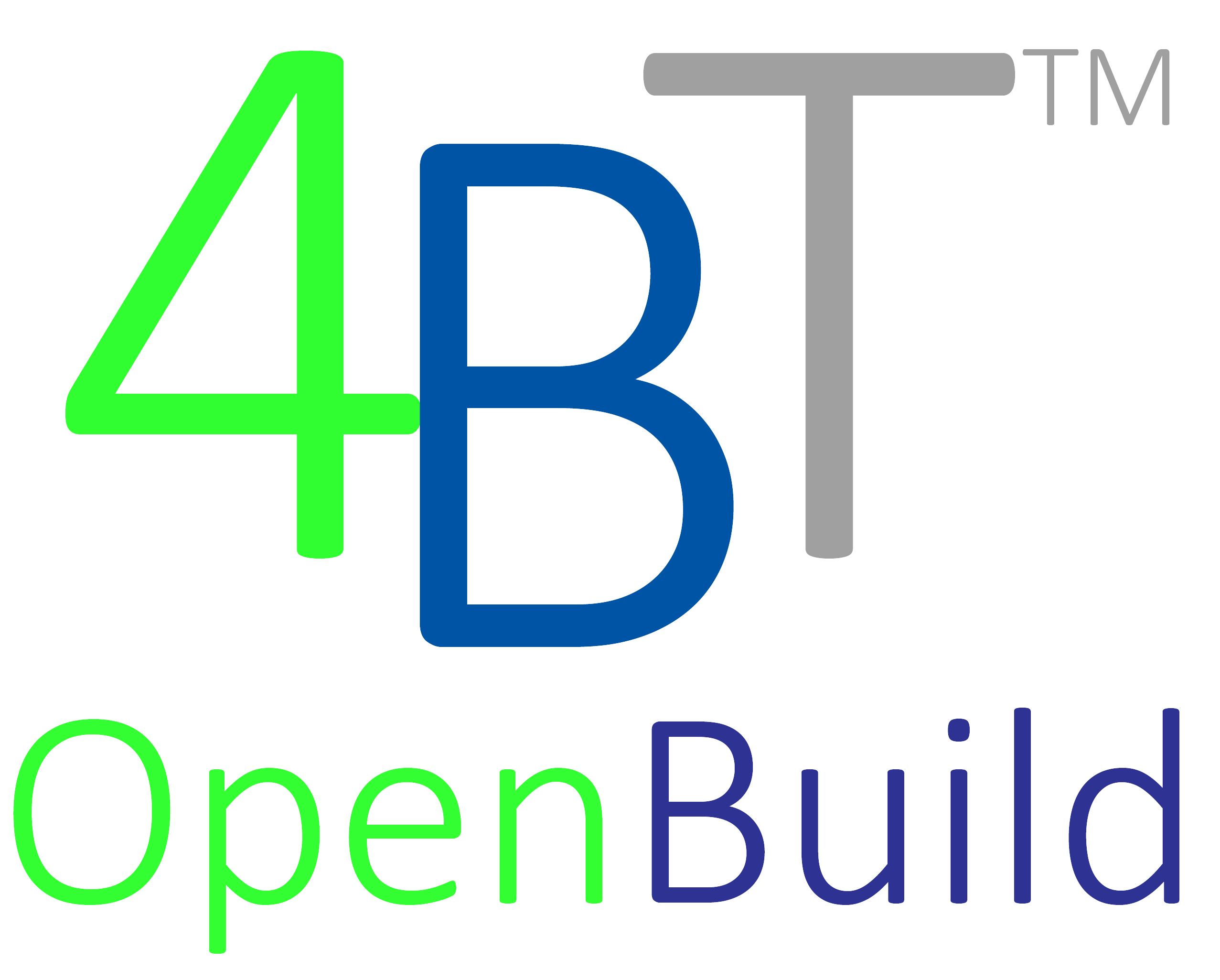Improve construction cost visibility and management with a LOCAL, CURRENT, OBJECTIVE, and VERIFIABLE Comprehensive Unit Cost Database with 90,000 granular construction tasks including labor, material, equipment, and productivity details.
Getting preconstruction data and process right is critical and only 4BT (Four BT, LLC) offers local market granular cost data that is locally researched, provided in expanded CSI Masterformat, inclusive of over 90,000-line times, and capable of providing a highest degree of cost visibility and cost management available today.
Comprehensive Unit Cost Database
- Easily estimate the any type of commercial repair, renovation, maintenance, or new build project.
- No longer rely on historical data, national average cost data, contractor lump sum quotes, location factors, or economic factors
- Improve cost estimates and visibility 30%-40%+
- Itemize quantities, labor requirements, materials, equipment.
- Move beyond square foot and parametric estimating
- Stop using inefficient processes and get Planning, Procurement, and Project Delivery Teams on the same page via robust programmatic frameworks.



Notes: Problems with using location and economic factors –
Schedule an informational session.
Advancing construction cost estimating data, tools, communications, and technology is central to achieving sustainable facilities management.
Traditional tools, such a national average cost data, location factors, historical costs, and spreadsheet no longer support today’s need for enhanced cost visibility, transparency, and management.
Advancing Construction Costs Estimating Tools for Today and Tomorrow
- Local market research – To be relevant, construction cost data must reflect local market conditions. This means specifically researching local labor markets across all trades, research local market materials to determine local, regional, and national interdependencies, and of course, equipment costs.
- Dynamic vs. static – Cost data is in continuous flux, therefore local market data needs to be research at least on a quarterly basis, or more frequently basis upon market conditions.
- Granularity – All cost data needs be presented a detailed, individual construction task data to provide the highest level of cost visibility and reliability.
- Objective – Using an independent resource for local market cost data avoid any potential bias or conflict of interest.
- Standard Format – Cost data represented using expanded CSI MasterFormat, with all description in plain English and using industry standard terms.
